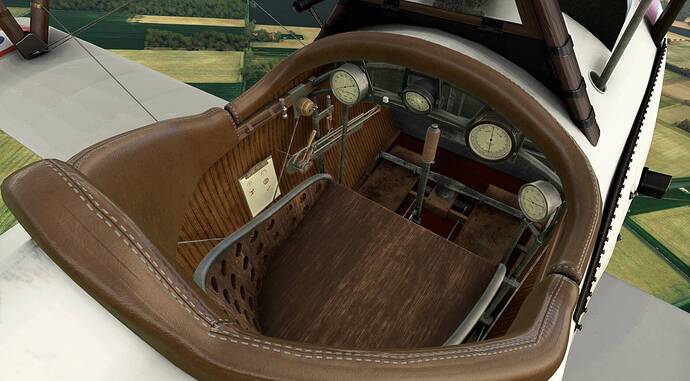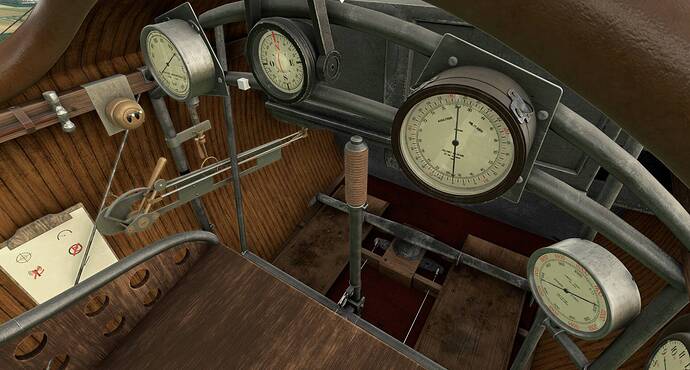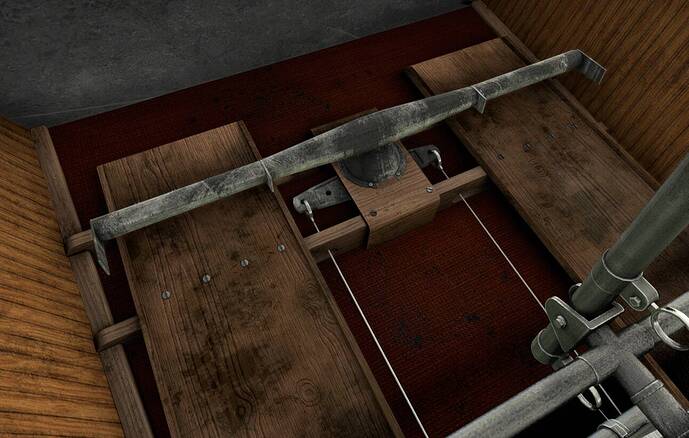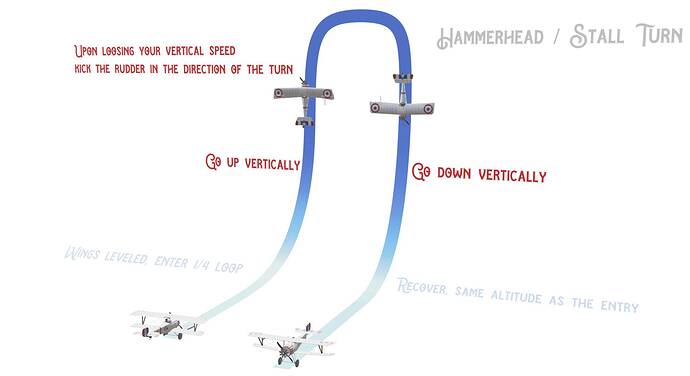Hey guys! So we are still working on our main big project, due in several months still. But we thought in the meantime we would go on a little side venture, with a more fun, simple, cheaper, cool looking little plane. Let me introduce you to the Nieuport 17!
Comes with a boat load of nice little features, here are some:
-Highly detailed 3D model and textures
-Historical liveries
-Accurate sounds recorded from a Le Rhone rotary engine
-Accurate flight model making it nimble and useable on many tiny airstrips
-Animated pilot scarf and streamer
-Interactive clipboard
-Speedometer in knots or kmh
-Hidden radio set for IVAO or VATSIM users
-Working machine guns!
-Comes with 1 mission and 2 landing challenges
-Price expected to be around 15€
-Rob, our consultant actually built and owned a real one 
This is coming out soon, expect to see a few previews around the “socials” first 
35 Likes
What an absolute beauty! Cannot wait to jump in and explore the skies in this gorgeous brid!
Looking forward to it 
5 Likes
Looks great! It’s about time WWI was represented in the current MSFS.
3 Likes
Wow, that’ll be a great plane to have. Thanks very much. Looking forward to it and it will be a first-day-buy for me.
I am a little confused though: first you’re doing the P-40 with a V12 engine and now the Nieuport with a rotary engine. Will you actually be publishing a plane with a RADIAL engine one day? 

3 Likes
Its all speculation for now 
1 Like
Looks fantastic!  I’m a big fan of these early 20th C birds when lovingly depicted, complete with ancient, bizarre instruments and all. <3
I’m a big fan of these early 20th C birds when lovingly depicted, complete with ancient, bizarre instruments and all. <3
Quick question out of curiosity – what’s the units for the barometer on the altimeter, and how is it calibrated and read?
It looks like the outer ring is 100s of meters (so, 0 to 5000 meters), while the inner ring is the pressure calibration but the available range of 43-80 seems odd. Maybe centimeters of mercury (cm/Hg)? If so it looks like it’s calibrated to 62 cm/Hg (24.4 in/Hg) since that’s what’s at the 0 meters point; but that sounds awfully low, so I think I’m reading it wrong. 
1 Like
This looks fabulous. I see one very regularly flying at airshows in the UK, usually at Old Warden. I look forward to flying it myself on Xbox. 
1 Like
Alti is in meters 10 being 1K and goes from 0 to 5K. And baro is indeed in cm/hg and reads at the red zero position. Not yet animated tho, since converting units on instrument is a nightmare 
3 Likes
Looking forward to this one!
Day one purchase for me!
I do wonder how the throttle is modelled in this. Unless I’m very much mistaken rotaries of the time didn’t have a conventional throttle like we’re used to but those two levers you see in the cockpit did control fuel and air mixture separately and could be used to control the engine in a way. They also had ‘blippers’, that little button on the top of the stick, to temporarily shut down the engine which was used to help slow the plane down further on landings. Is this modelled? Can MSFS even model that? If not it’ll be a pity but it won’t put me off buying it.
Engine management is gonna be standard as in throttle and mixture, but we gotz ze blipz 
5 Likes
Glad we get the blip! Gonna be fun to rip some blip fárts on landing lol
2 Likes
I’ve never heard of a “blip” I’m guessing it works like a clutch and disconnects the engine from the prop?
BTW: will you also provide the improved Nieuport 17bis with the Clerget9B engine and 130 hp? It cut down the time it took to climb to 10.000ft down from 11.5 to 8 minutes.
The engine and propeller are attached in a rotary engine, with the whole engine unit spinning. Rotary engines do not have a conventional throttle. The air and fuel mixture is adjusted for higher or lower performance however when landing rotary engines also had a blip switch, or a coup button as the French called it, allowing quick changes in engine speed by cutting ignition to the cylinders. On landing, the engine power was adjusted then the coup button used to cut the engine for brief intervals to decrease air speed. If the button was held too long the unburned fuel/oil mix would flood the engine to where it wouldn’t restart when the button released.
The gyroscopic affect of having the engine and propeller spinning around, coupled with a relatively low weight meant most were quite a wild ride, easy to turn left, as the engine and propeller helped, difficult to turn right being just one of many examples of the affect of the engine. I’m not however sure how this will be modeled within FS2020.
4 Likes
Simply amazing stuff!!! You can take my money right now !!! And my car , my house and … No.. 
i’ll have your car, thanks 
2 Likes
This looks good. Looking forward to it!
1 Like
![]()
![]()










